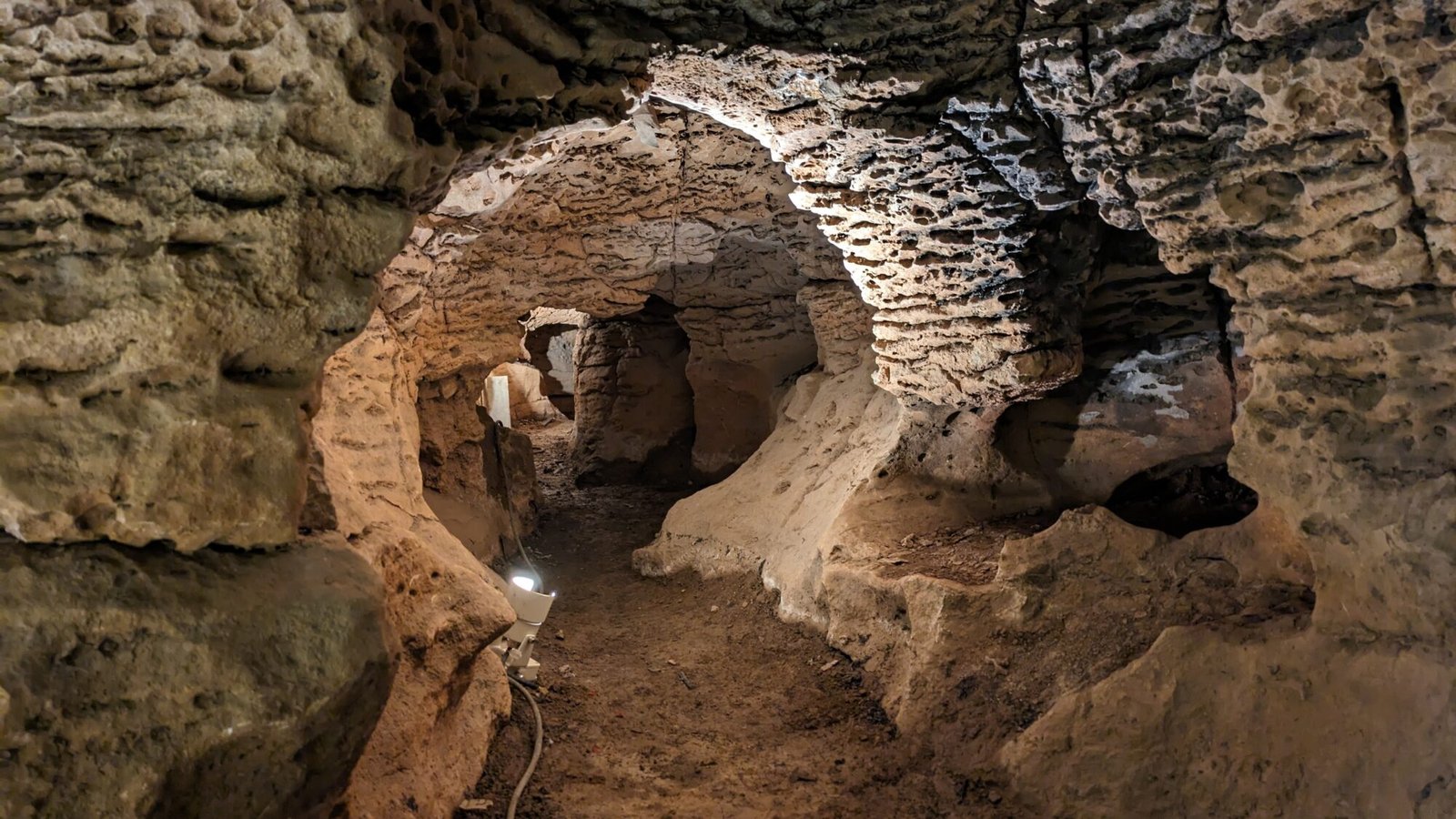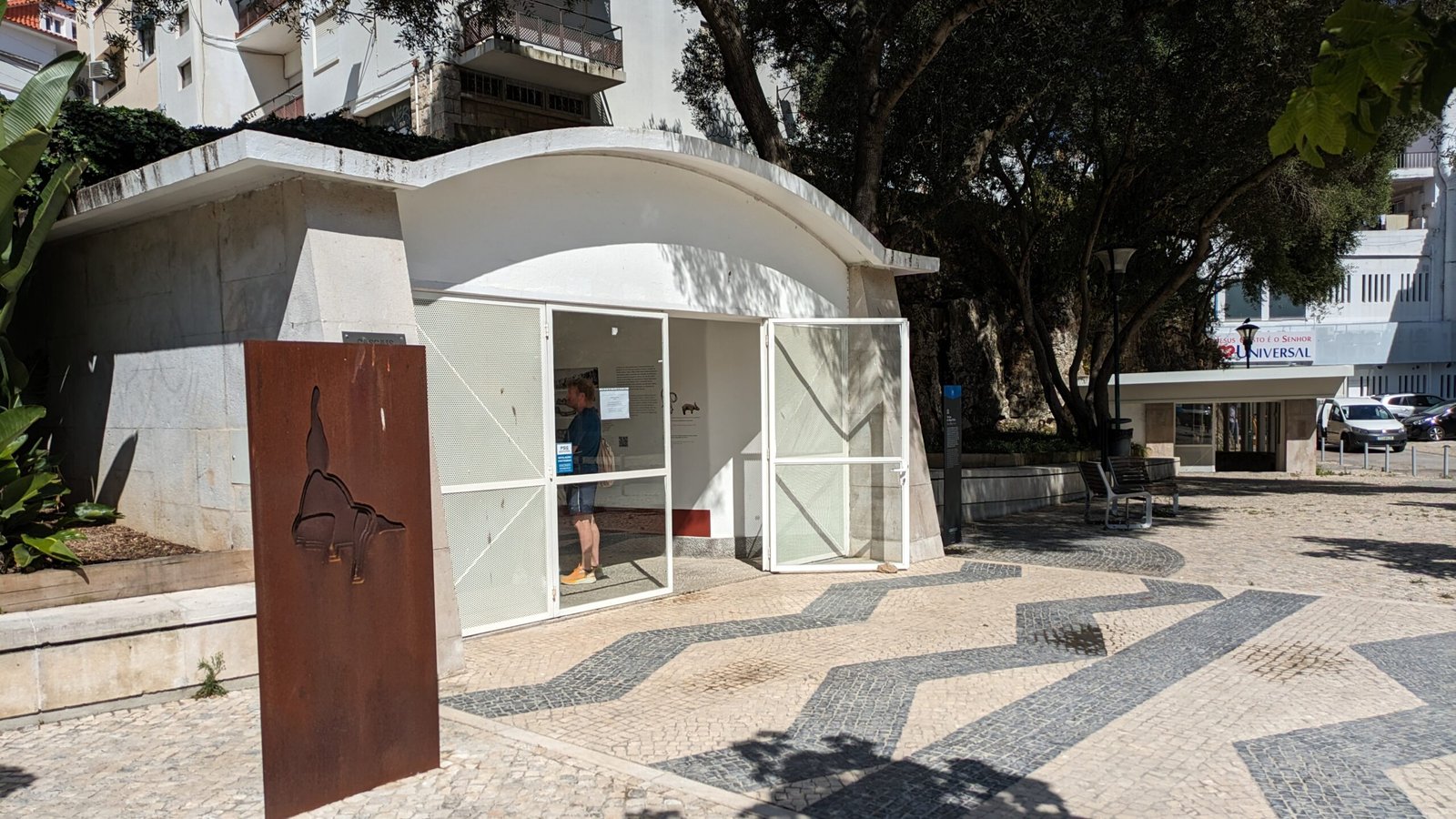There are a number of interesting caves with prehistoric significance. Some are natural caves (in Portuguese, grutas) that contain evidence that humans used them for shelter and/or for entombment. Others are man-made, carved into the stone intentionally to create a space (usually) for internment. (In Portuguese: gruta artificial or plural grutas artificiais) A man-made cave that was used as a temple or tomb is specifically called (from Greek) in English a hypogeum (plural hypogea). (In Portuguese, hipogeu or plural hipogeus)
Note that these sites lack evidence of human habitation. Any artefacts found will be displayed in museums.
Use the map at the right to search for specific sites or browse through the entries below. More posts are added as sites are visited!
-
Necrópole de Carenque
ALSO KNOWN AS: Artificial Caves (Grutas Artificiais) of Tojal de Vila Chã Stand on the hilltop and listen. You can hear the hum of traffic on the nearby motorway. Heavy vehicles from the waterworks next door rumble softly. Aeroplanes gently roar overhead. Otherwise, within the fence, all is quiet. Wind blows the grass, and whistles…
-
Caves of Poço Velho
In Portuguese: Grutas do Poço Velho Under the bustling town, lies a twisting labyrinth of limestone karst caves. Feel the cold, smooth stone as you duck your head: those stones have been worn away by humans for tens of thousands of years. Look into the rounded nooks: people have lain their departed loved ones there.…


